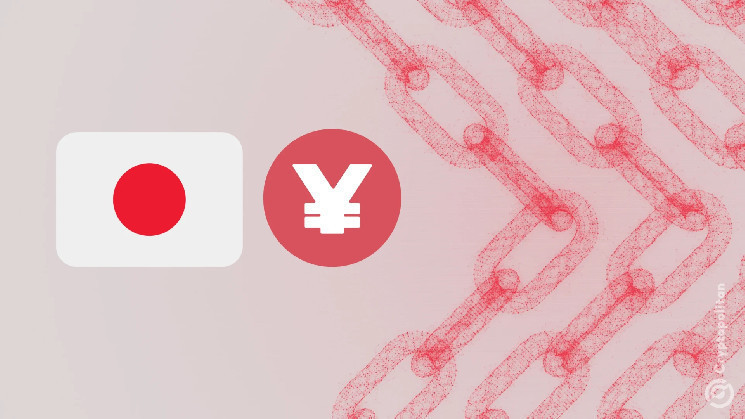Japan’s biggest banks, Mitsubishi UFJ Bank, Sumitomo Mitsui Banking Corporation, and Mizuho Bank, are turning to stablecoins for cross-border payments with “Project Pax.” It’s a platform that will make global transfers faster, cheaper, and available around the clock.
In 2022, the cross-border transfer market was worth $182 trillion. While it’s a massive market, it’s got some issues in terms of cost, speed, access, and transparency, as flagged by the G20.
Stablecoins are a solution to these problems. By integrating blockchain into traditional systems, banks can simplify international money transfers. Project Pax will use Swift’s API framework, meaning banks won’t need to overhaul their existing systems.
This allows financial institutions to send instructions to settle payments on blockchain networks. And for businesses, it means lower costs, fewer hassles, and no need to worry about any complexities. The project is set to be tested in a pilot phase soon, with a full commercial rollout set for 2025.
Regulatory compliance is baked into the design, particularly around Anti-Money Laundering (AML) and Countering the Financing of Terrorism (CFT) regulations.
The Inter-Blockchain Communication (IBC) protocol will be employed to manage cross-chain transfers, ensuring seamless movement of assets between blockchains.
Datachain has also developed middleware, known as “LCP,” to help facilitate these cross-chain transfers, while TOKI will provide liquidity pools for the platform.
As big a step as this project is, stablecoins still have a long way to go before they fully integrate into the global financial system. Right now, they have a market cap of around $160 billion, which is less than 0.5% of the total market cap for fiat currencies.
Stablecoins have mostly been used in crypto for trading, but now they’re starting to actually get used in the real world as a payment method, potentially transforming the global economy.
Stablecoin issuer Tether made $4.5 billion in profit just in the first quarter of this year.
Jeremy Allaire, the CEO of Tether’s top competitor Circle, says he’s super confident about the future. He’s predicting that by the end of 2025, stablecoins will be pretty much everywhere.
Jeremy believes that in the next ten years, stablecoins could make up 10% of the global economy. Brad Garlinghouse, CEO of Ripple, is also getting in on the stablecoin action.
He’s interested in offering stablecoins in Japan, and Ripple’s planning to roll out their own dollar-pegged stablecoins in the US this year.







Leave a Reply